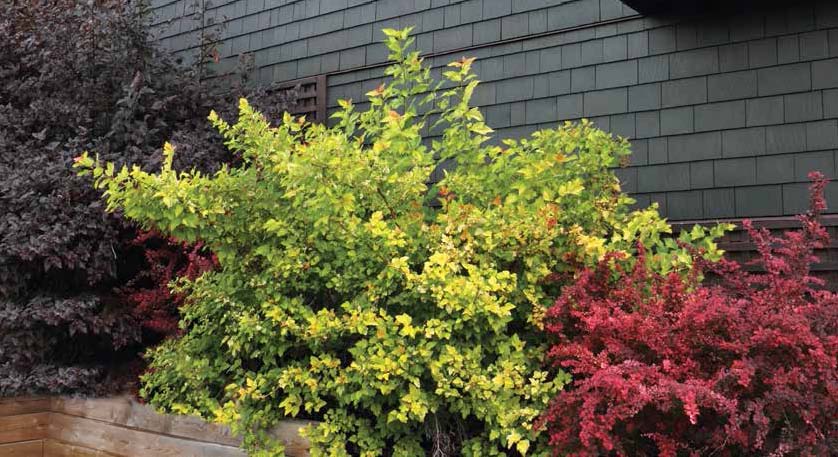Ask a Pro: Q: How do you handle yard work with regards to painting?
 A: Our contract reads as follows: Please have all trees, bushes, shrubs and flower beds trimmed back to a minimum of one foot from the house on all sides to allow for proper and safe access during prep and painting, and to ensure fresh paintwork is not damaged once completed. Please also remove lawn ornaments, planters, fountains, lights (where possible) that may be a hazard to our ladders or personnel. The homeowner has to attend to these things a week before our arrival.
A: Our contract reads as follows: Please have all trees, bushes, shrubs and flower beds trimmed back to a minimum of one foot from the house on all sides to allow for proper and safe access during prep and painting, and to ensure fresh paintwork is not damaged once completed. Please also remove lawn ornaments, planters, fountains, lights (where possible) that may be a hazard to our ladders or personnel. The homeowner has to attend to these things a week before our arrival.
During our first walk through, I point out items to my customers and discuss hiring a professional to trim bushes, for example, that are touching the house. I explain that, technically, it takes 30 days for paint to cure. If bushes, trees or shrubs are touching the house, it will cause abrasions or burnish the paint, and eventually wear the paint off.
We also ask that they move lawn items that might obstruct our job. I don’t want crew members tripping on things like hoses, garden gnomes or lawn furniture.
For our part, we protect their plants with plastic, and cover everything within two to three feet of the house to catch chips or paint drips.
We haven’t had any problems, and we handle any issues on a case-by-case basis. I will share that the oddest request we ever received was from a customer who had vines growing three-quarters of the way up the side of their house. They didn’t want the vines removed by us or anyone else. Instead, they had us paint around them. We did it. It wasn’t fast but we got it done.
__________________________________________________________________________________________________________
HANDLE WITH CARE: YARD PREP POINTERS
Barry Troutman, PhD, the National Association of Landscape Professionals’ technical advisor, offers pros these tips for handling plantings before painting:
• Trim back or tie up all greenery, leaving a foot or two of space between the plants and the house.
• Wet down plants; this makes paint harder to stick and keeps plants hydrated. But don’t soak the ground, as it can make it unstable for ladders and scaffolds.
• Cover plants with a light-colored, lightweight, breathable drop cloth. Chemical damage from paint, solvents and heavy-duty cleaners can burn foliage and lawns.
•Don’t use clear-plastic tarps; they will cause rapid heat buildup.
• Don’t leave tarps over plant material for an extended period; plants need sunlight.
He also suggests that if an irrigation system is in place, ask the homeowner to flag it and shut it down until the paint dries.
_________________________________________________________________________________________________________________
Wade Baker has owned the small, one-to-three-employee Baker Painting Company in Pewaukee, WI, for the past 10 years. What started as a side business became a full-blown career after the recent recession. He does both interior and exterior commercial and residential work as well as deck and cabinet refinishing, concrete staining, driveway sealing, and garage floor epoxy coating. Baker understands the toll painting can take on outdoor landscaping; he discusses his concerns with customers during his first walk through and even has a section in his contract devoted to it.




